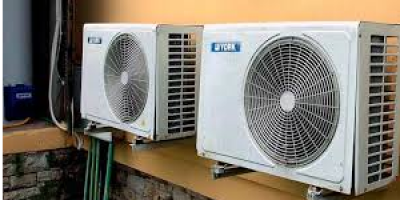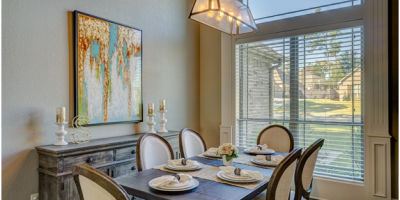Choosing the right roofing material for your home is a big decision. There are so many things to consider, such as how durable it will be, whether it will fit in with the overall design and aesthetic of your home, how environmentally friendly and sustainable it is, and of course, there is the matter of cost too!

To add to this, there are more materials to choose from than ever before these days.
Here, we explore the merits and drawbacks of some of the most popular materials out there in the marketplace. More information can also be found in this article.
Wood shingles
Wood is obviously a natural material and so can be seen as more eco-friendly than others, as well as fairly sustainable if it comes from the right source. Generally, wood shingle tiles are made from cedar. However, they are not always that durable and definitely need treating and caring for regularly with a good roof sealant such as http://www.ct1ltd.com/product-applications/ct1-the-ultimate-roof-sealant/
to keep them from rotting.
Plastic polymer
These tiles will last a long time, but is made of plastic are not that eco-friendly. However, they can be recycled after use and they will also not need to be replaced for many years.

Clay tiles
Roof tiles have been made out of clay for many centuries and it is still one of the most cost-effective and sustainable ways to make your roof. However, they can break easily and are also fairly costly. Having said that, they do look very impressive once on and can come in a wide range of colours.
Concrete tiles
Concrete offers a cheaper alternative to clay, although perhaps not as stylish looking.
Asphalt Composition Shingles.
These are usually the cheapest option available, but they are not terribly eco-friendly and in addition, they do not last that long or look that pleasing.
Natural slate tiles
Again, this natural material has been used for many hundreds of years for roof tiles. It is very versatile and lasts for many, many years. As it is a natural product, it is also very eco-friendly and sustainable. It is particularly good for houses which will be exposed to extreme weathers. Although it is quite expensive, it also can really add to the design and feel of a house.





